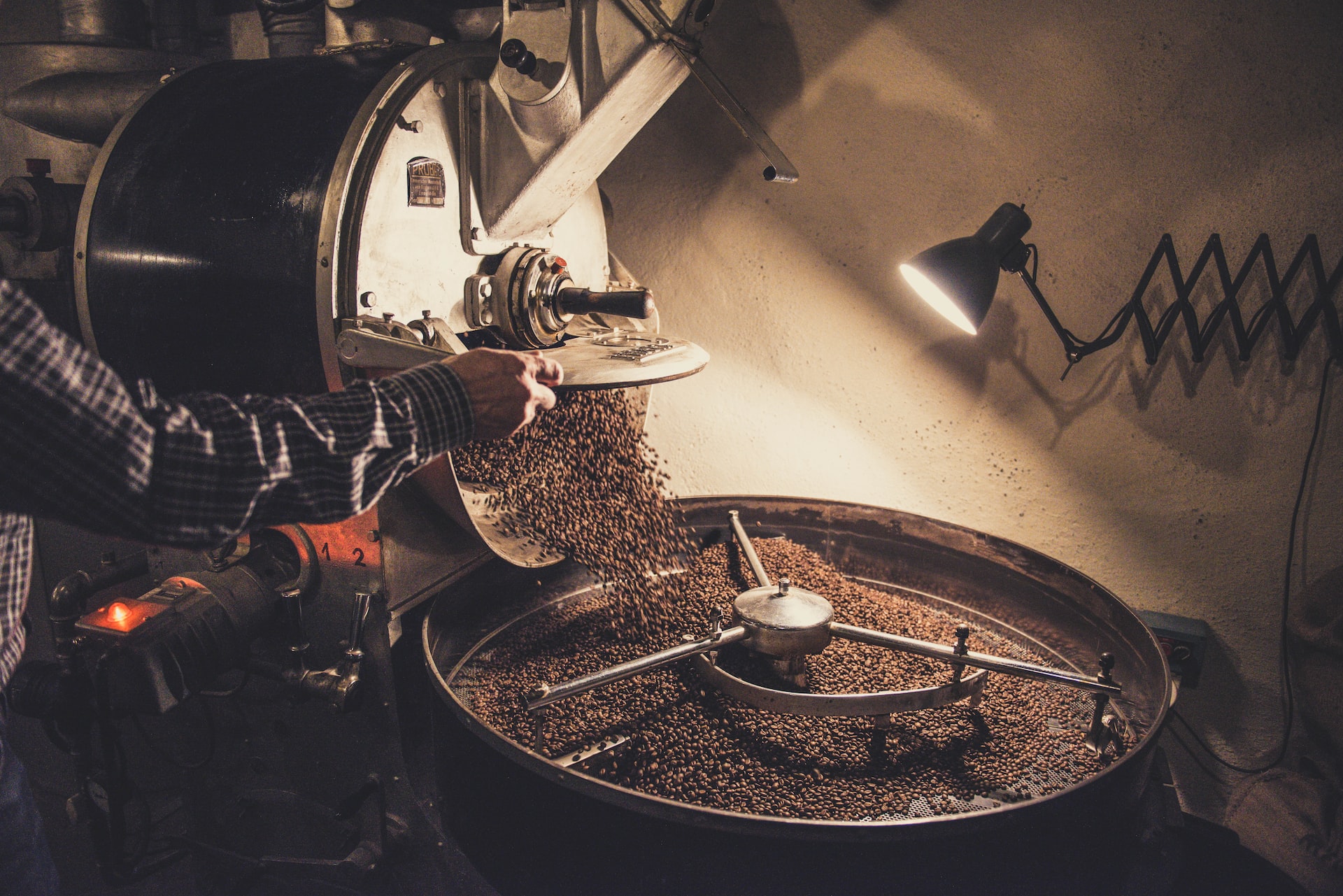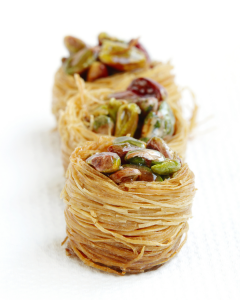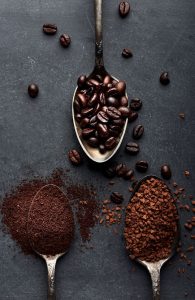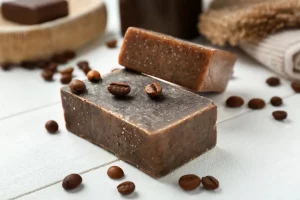
What is a Drum Roaster?
What is a Drum Roaster?
- Subhan Shiekh
- 27-12-2022
- 27-12-2022
- 998 views
- coffeepedia, Featured

The most common way to roast coffee beans is by using a drum roaster. It is not the kind of drum you would find in a marching band or rock group. A drum roaster is designed explicitly for roasting coffee beans.
Roasters roast coffee beans in a cylindrical chamber, commonly known as a drum. As the beans spin inside the chamber, they are evenly toasted by the heat of a gas flame.
Roasting coffee beans consists of using an open flame, gas, electricity, or wood to warm them up on all sides. It’s important to rotate the drum consistently so that all the beans get roasted evenly.
What is Coffee Roasting?
Roasting coffee beans is the process of chemically and physically breaking down coffee beans before distribution. Roasting coffee beans at different temperatures produces different levels of roasted beans, from light to dark.
Roasters roast coffee beans in various ways to produce different flavors. For instance, a dark roast will give the coffee a strong and pungent flavor, whereas a light roast will give you a milder cup of joe.
If you are unsure which type of roasted coffee is best for you, try a light roast and make your way up if you find that it isn’t strong enough.
What Does a Drum Roaster Do?
A drum roaster is a machine that helps turn the original coffee beans from their green-like shell to the coffee beans we all know and love. Moreover, this method helps bring the beans to their natural potent form without burning them, leaving the raw material behind.
The cylinder of a drum roaster is horizontal; the beans tumble over it, allowing all sides to roast evenly by the heat source below.
A drum roaster will rarely use a direct-fire roaster to roast coffee beans. A drum roaster is placed inside a drum and rotates on its own. Furthermore, the heat from a gas flame is conducted through the chamber walls, heating the beans from all sides.
Hot Air Roasting
The Hot Air Roaster uses a convection current of hot air to gently roast coffee. This process results in a sweet, distinct flavor and a smooth, even roast that allows the unique characteristics of each coffee bean to come through.
Hot Air Roasting is more precise than drum roasting because of its ability to control the temperature of the coffee bean as it undergoes flavor changes.
Hence, it allows roasters to experiment with different roasting techniques, taking their coffee to the very edge of flavor development without sacrificing sweetness.
Moreover, the temperature sensor on a drum roaster monitors the air, not the drum itself. This can result in inaccurate readings, which may lead to uneven roasts.
Flavors of Both Roasting Methods
There are a number of different roasting methods in the coffee industry. One of the most common is drum roasting, which utilizes a conductive heat transfer to bring out the carbohydrates and oils in coffee, leaving you with a thicker, denser flavor and aftertaste.
Regardless of the coffee bean’s origin, heavier, oilier flavors will always be present.
On the other, hot air is the most gentle way to roast coffee beans, which means the delicious flavor doesn’t get burnt. Roasters take the time to roast each bean until it’s ready for you to enjoy.





















